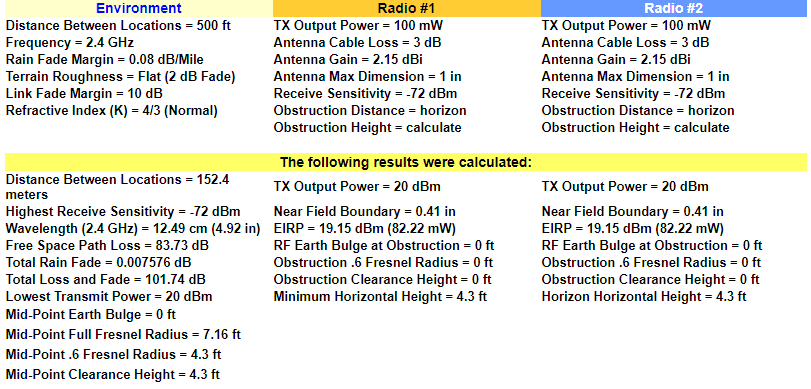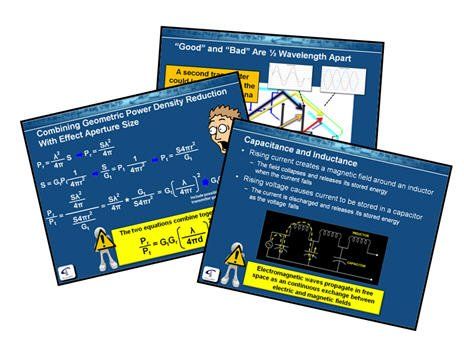Maui Communications NetworksTECHNICAL INFORMATIONReference Library
The Maui Communications Networks On-Line Encyclopedia
In the Maui Communications Networks On-Line Encyclopedia you'll find an alphabetical listing of common terms, definitions of WiFi, wireless, and RF engineering acronyms, and explanations of a variety of technical "buzzwords". Simply click on a letter to jump to the page in the On-Line Encyclopedia.
JUMP TO PAGE
The Maui Communications Networks Perspective On Wireless Network Technology
Maui Communications Networks is pleased to be able to retain all of the technical content that was first made available through its predecessor organization, Connect802 Corporation. Below are links to a number of topics that are relevant to the wireless network design process but please know that these topics are focused on services that were offered through Connect802 prior to 2020 and may not directly apply to Maui Communications Networks.
WireShark Protocol Analyzer Software

Terminology and Definitions Related To Antenna System Design
This page provides excellent descriptions of wireless link measurements and their significance.
802.11 And RF Engineering Explanations
In this section of the website you'll find definitions, explanations, and perspective on 802.11 WiFi and RF engineering technology. Explanations are provided for key design, engineering, and product specification topics as well as definitions of many common wireless networking and TCP/IP Ethernet networking acronyms and terms.
802.11n
The history and application of the IEEE 802.11n WiFi standard is discussed in contrast to earlier 802.11a/b/g implementations. The methods and RF mechanisms used by 802.11n are overviewed as are the current applications of the standard. This article will provide a solid perspective on what 802.11n can, and can't provide in a commercial WiFi network.
802.11ac
802.11ac, replacing 802.11n as the high-throughput, high-capacity WiFi standard, various advanced WiFi and RF engineering capabilities to enhance wireless network systems. This article discusses the key technology evolution in 802.11ac and provides a practical view of the deployment challenges for 802.11ac WiFi design and deployment.
The Modulation Coding Scheme (MCS) Index
All WiFi standards (802.11n, 802.11ac, and 802.11ax) define various combinations of spatial streams, modulation methods, channel widths, and other specifications to achieve a particular connection data rate. The MCS Index table categorizes these specifications, each being assigned a numeric identifier called the Modulation Coding Scheme Index or "MCS Index" You can review the complete table on the MCS Index page.
Antenna Connector Types
Are you confused by the various types of antenna connectors that are out there for external antenna connection? "Type-N", "Reverse Polarity", "TNC" - there are many types of antenna connectors and this page provides you with pictures and descriptions of the most common antenna connectors that you'll encounter.
Antenna Operation and Pattern Graphs
The polar-coordinate graphs that depict antenna coverage patterns can be confusing to interpret. This page provides a solid explanation of antenna operation and how performance is depicted using an antenna pattern graph.
Mesh Routing And Wireless Distribution Systems (WDS)
Outdoor 802.11 WiFi wireless access points can be implemented and configured as point-to-point and point-to-multipoint backhaul network infrastructure can be designed and engineered in two basic ways: as a mesh or as individual bridge links. This article explains the differences between the two approaches and compares mesh routing to the bridged Wireless Distribution System (WDS).
802.11 ISM and U-NII Channel Allocation
The ISM and U-NII frequencies for 802.11 channel allocation are discussed along with channel bonding and the implications of 40, 80, and 160 MHz channel widths as well as Dynamic Frequency Selection (DFS).
802.3af and 802.3at Power-Over-Ethernet
The 802.3af and 802.3at (PoE+) standards for powering devices directly through the Ethernet cable are discussed.
Point-to-Point Wireless Link Planning
This page presents a discussion of key factors to consider when planning, designing, or developing installation plans for point-to-point wireless bridge links.
Determining The Correct Height For An Antenna Tower
When engineering, designing, and mounting antennas on outdoor tower installations it's critical that the antenna, and the associated antenna tower height calculation, be optimal. This article talks about how the Earth curvature impacts both antenna towers that are too low and, equally important, antenna towers that are too high.
Technical Articles, Engineering Papers, and White Papers
"I'll Let My Chauffeur Answer That!"
This is an in-depth, technical dissertation written by Joe Bardwell, discussing a variety of RF engineering technical and mathematical topics. It delves into the physics of electromagnetic wave propagation, the application of Maxwell's Wave Equations and other RF engineering formulas, and explains it all in a way that RF engineers can understand.

"Debunking The Myth"
2.4 and 5 GHz Path Loss
2.4 and 5 GHz Path Loss
This is the slide deck from a 1-hour seminar developed and presented by Joe Bardwell that explains path loss, the Free Space Path Loss equation, multipath, signal reflection, refraction, diffraction, diffusion, and a number of other RF engineering topics that are often beyond the reach of the typical WiFi RF engineer in the field.
The Wireless Triple-Play: Voice, Video, and Data
In this reprint of a BICSI News Magazine article, Joe Bardwell discusses how voice, video, and data combine to create design and engineering challenges for WiFi network engineers. Five fundamental metrics that must be evaluated for successful 802.11 WLAN design are explained and discussed.
The WiFi Wireless Path Loss Equation
In this reprint of a BICSI News Magazine article, Joe Bardwell explains how to calculate the path loss for a wireless link and how to interpret and apply antenna pattern graphs. Antenna beamwidth and directionality are put into perspective relative to transmission energy density.
Understanding dBm, RSSI, And Wireless Network Engineering Metrics
This white paper explains, in clear, understandable terms, the mathematical and logarithmic basis for "dBm" measurements (as opposed to "dB" specifications) and discusses how signal strength is measured and represented with an "RSSI" (Received Signal Strength Indicator) value. You'll learn that different chipset manufacturers and different 802.11 software developers sometimes report different dBm signal strength measurements even when their tools are sitting right next to each other on the table.
U.S. Department of Transportation Telecommunications Handbook
This 2004 edition of the Federal Highway Administration Telecommunications Handbook was created to provide an understanding of basic telecommunications technologies at a time when 802.11 wireless Internet access, Voice-over-IP, and smart mobile devices were becoming ubiquitous. While somewhat outdated, this handbook still provides excellent explanations of many wireless data networking concepts and technologies. While much of it is outdated it still provides an interesting perspective on telecommunications.
The IETF Request For Comment (RFC) Library
The IETF (Internet Engineering Task Force) issues Request For Comment (RFC) documents that are approved as the protocol and operational specifications for IP, TCP, UDP, DHCP, ARP, and all the other Internet protocols. These documents provide the technical basis for Connect802 protocol analysis consulting and trace file, packet-level analysis.

